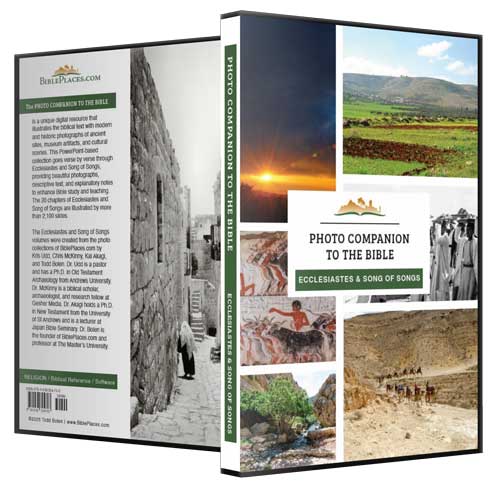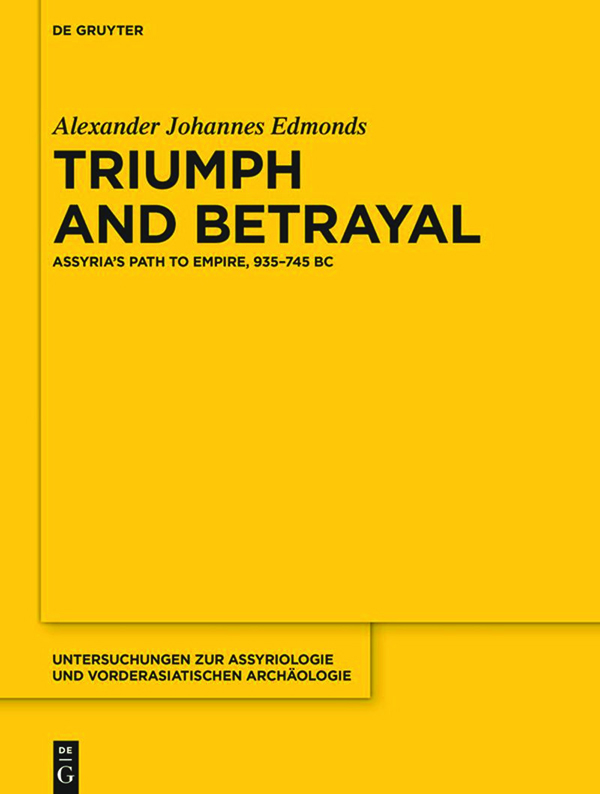This week we released new photo collections for Ecclesiastes and Song of Songs. If you like to stay up-to-date on our latest resources, the BiblePlaces Newsletter is the place to do that. (Subscribe here.)
If you click over to this week’s newsletter, you’ll see some of the beautiful photos, read three kind endorsements, and learn about a 2-for-1 deal ending soon. For less than $40, you can get more than 2,000 photos, all organized and ready for learning and teaching. Do you think that Solomon might have liked something like this? I hope he wouldn’t say that it’s all just vanity. 🙂 In any case, take a look here. And if you know someone who might enjoy such a resource, let ‘em know. Thanks!

